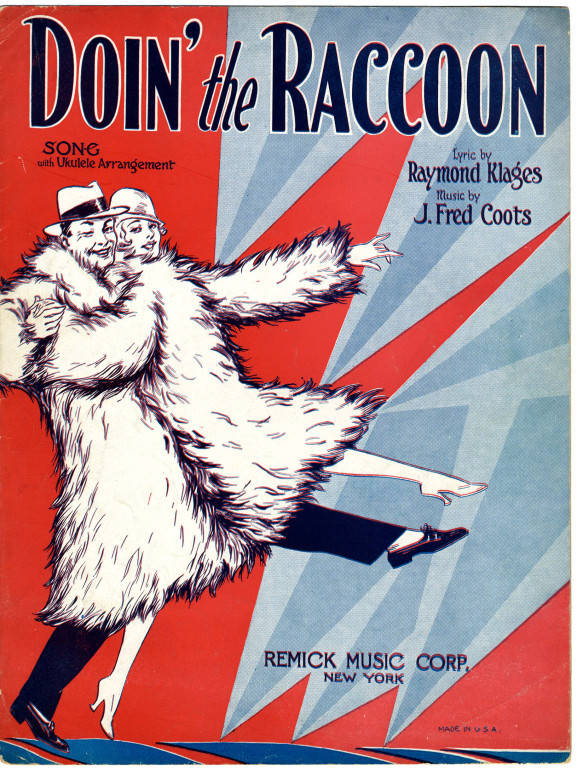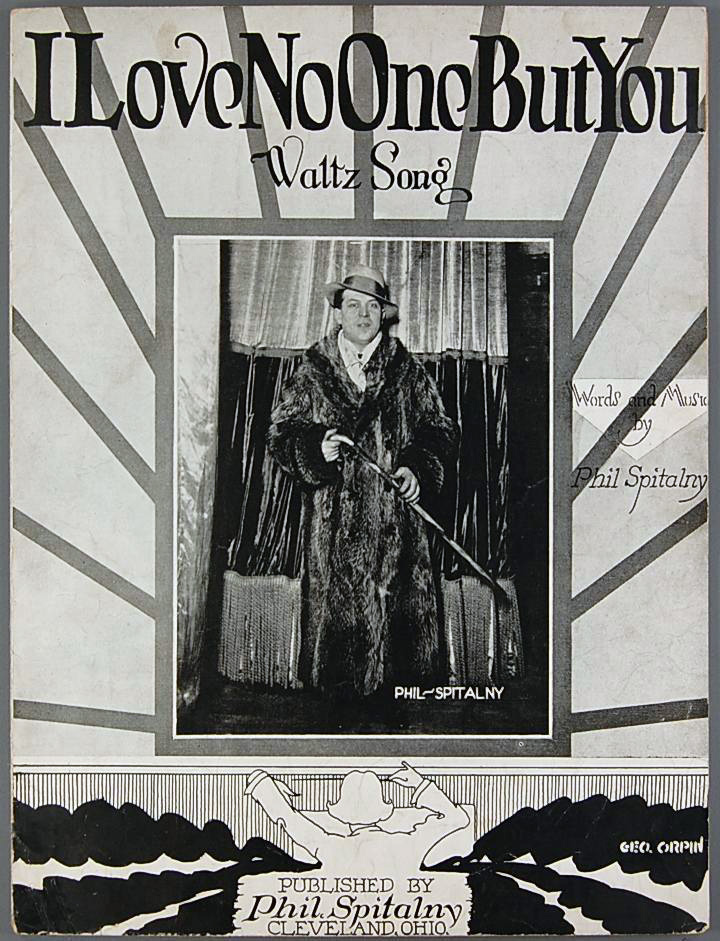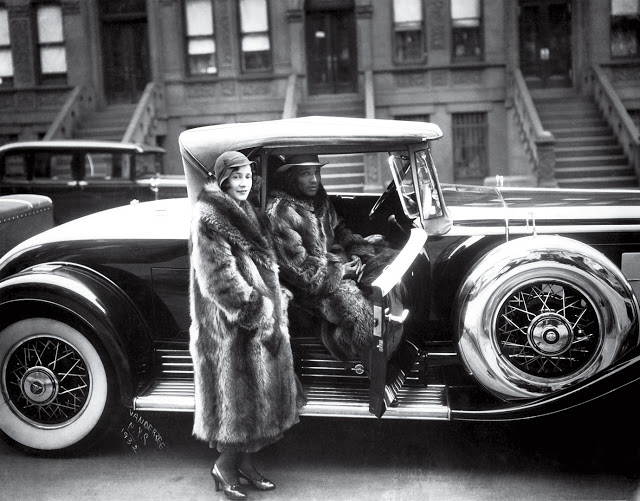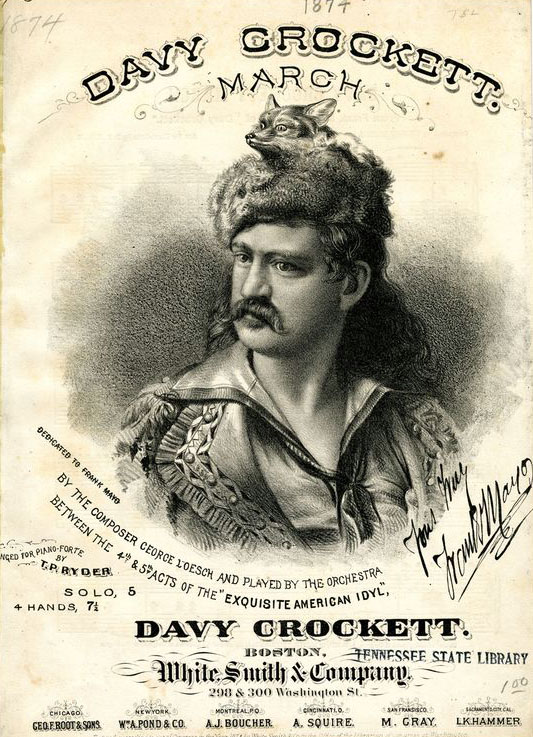
We see three couples dancing a foxtrot. From the academic gown and black cap we can assume that they are students. Possibly the building in the back is their Alma Mater. But the French illustrator Würth failed to draw the essence of the American song. Fortunately the original cover reveals what ‘Doin’ the Raccoon‘ is about, namely dancing gaily in a thick raccoon coat.

The flashy full-length fur coat was the trend in the 1920s and 30s. Especially American college boys —and even some young women— adopted this fashion in the Roaring Twenties.
College men, knowledge men,
Do a dance called raccoon;
It’s the craze, nowadays,
And it will get you soon.
Buy a coat and try it,
I’ll bet you’ll be a riot,
It’s a wow, learn to do it right now!
The raccoon fur coat craze became identified with affluent students at the Ivy League colleges and universities:
Oh, they wear ’em down at Princeton,
And they share ’em up at Yale,
They eat in them at Harvard,
But they sleep in them in jail!
The raccoon coat became a fashion symbol of the Jazz Age. It was popularised by celebrities: football players, actors, singers, …

… and even by avant-garde artists like Marcel Duchamp.

While the raccoon coat originally appealed to a white clientele, the modern and rich black American man and woman followed suit. James VanDerZee, recording Harlem’s growing middle class, took this beautiful photo of a couple dressed in similar raccoon coats in their luxurious sleek Cadillac. They embody sophistication and wealth during the Harlem Renaissance.

I had never heard of raccoon coats before. I only remember Walt Disney’s romanticised version of Davy Crockett wearing a coonskin cap in the series from the 1950’s.

But well, that wasn’t the real Davy Crockett. Neither was this stereotype of Davy Crockett on the cover of a 19th-century sheet music. In fact it is the actor Frank Mayo with moustaches and a dead animal sitting on his head. From 1872 until his death in 1896, he frequently played the role of Davy Crockett, the 19th-century American folk hero, frontiersman and politician.

